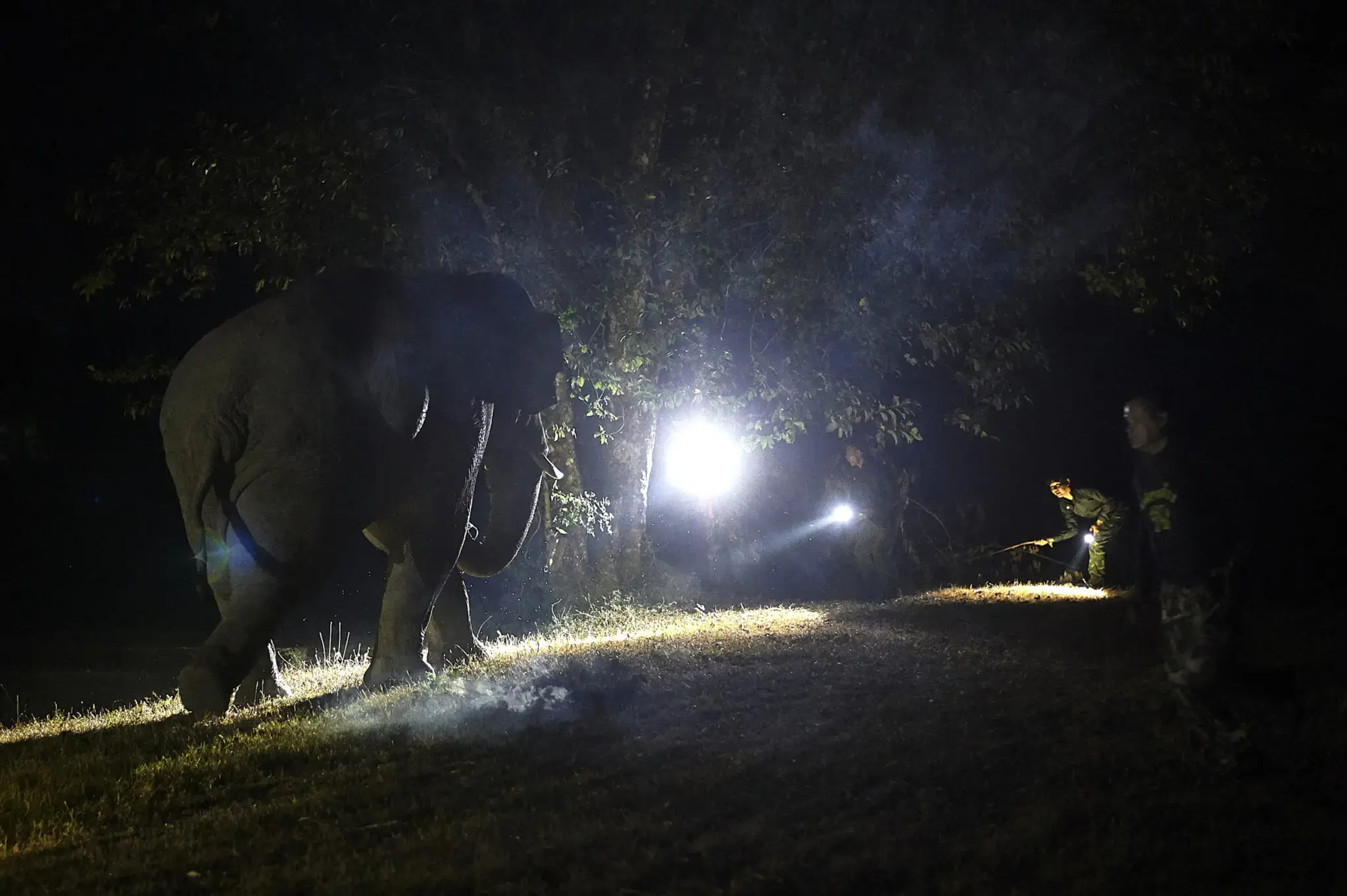
To read the following story in Thai, visit Bangkok Tribune.
After months of investigations on the ground and into loads of documents, Bangkok Tribune has learned that the Royal Irrigation Department (RID) and some concerned agencies have not cancelled nor suspended the seven dam projects planned within Dong Phayayen-Khao Yai Forest Complex (DPKY-FC) as requested by the World Heritage Committee (WHC).
On the contrary, they are pushing the projects forward with progress made at different stages, ranging from project planning adjustments to get them to move ahead, feasibility studies, to Environmental Impact Assessments (EIAs).
The sun sets and dusk settles. Paiboon Chitrasa-ngiam, a village head of Ban Dong village in Nakhon Nayok province’s Tambon Sarika adjacent to the country’s second Natural World Heritage Site of Dong Phayayen-Khao Yai Forest Complex, is on alert. In his hand is a mobile phone and a walkie-talkie he uses to communicate with his elephant response volunteers and forest rangers from the nearby Nang Rong forest protection unit of Khao Yai National Park.
It has been almost ten years since Mr. Paiboon and other residents encountered wild elephants coming down from Khao Yai. At first, only a few individual elephants came to their community, seeking food in their orchards full of ripe mangos and jackfruits. Years later, they came in groups, sometimes up to 60 animals at once, parading into their orchards and other communities nearby.
Chasing elephants out of the village and their properties is a difficult task for ordinary villagers like Mr. Paiboon and his neighbours. In the very first years, they knew nothing about the beasts. They had no idea about the elephants’ behaviours and what it meant when they reacted to their attempt to chase them out.
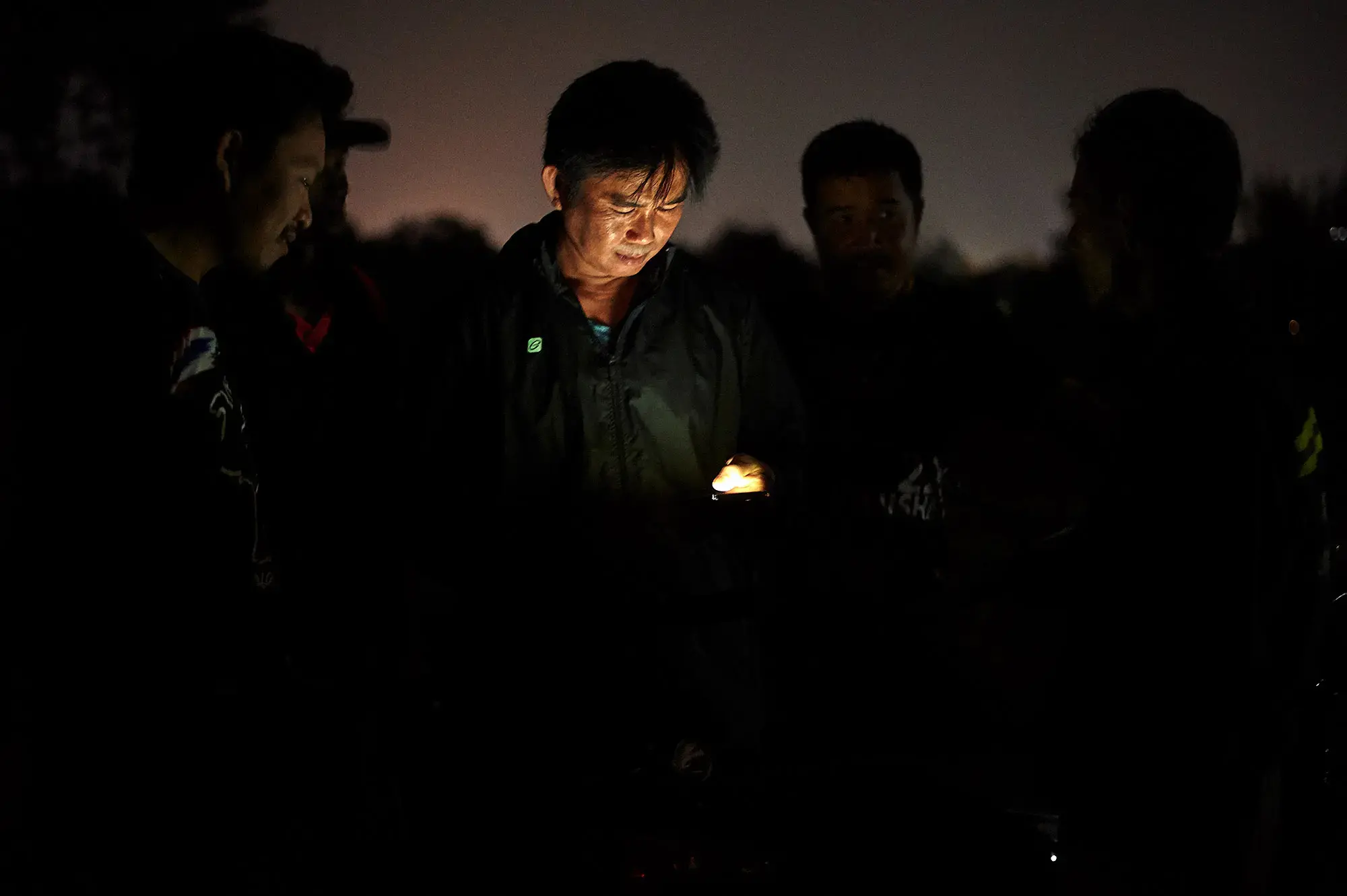
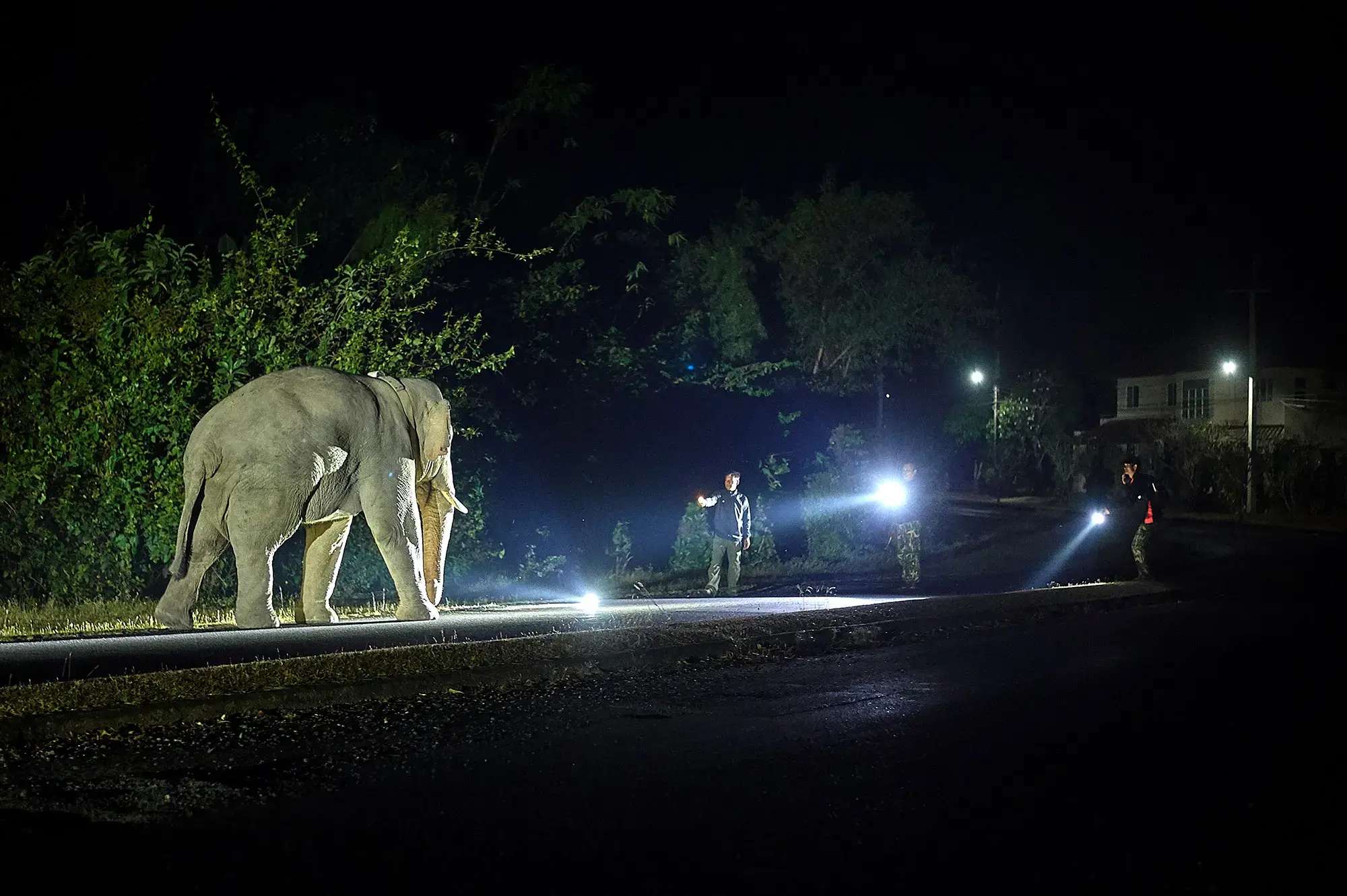
Years have passed but things have not improved much. The elephants have learned and adjusted themselves to the new environment and they have come up with more tricks in order to get food from Ban Dong villagers’ orchards.
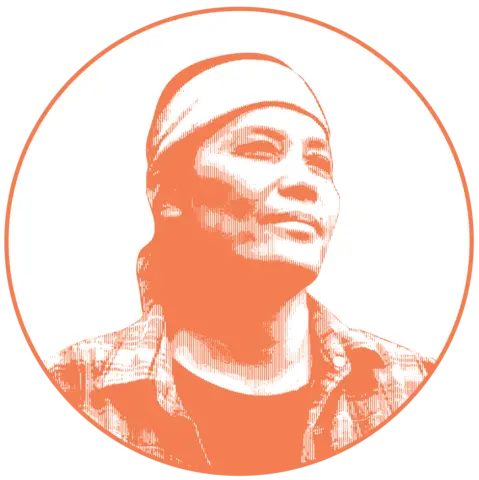
As a nonprofit journalism organization, we depend on your support to fund journalism covering underreported issues around the world. Donate any amount today to become a Pulitzer Center Champion and receive exclusive benefits!
“They did not fear our ping-pong fireballs any more. They just roam along the edges of the forest, waiting for the right time to come down when the fruits are ripe. What we can do at best is chase them out of the village, out of concern that they could harm the villagers and the kids. And this is just to find that they go hide somewhere in order to return to our village again. It’s back and forth like this,” said Mr. Paiboon, who sometimes stays overnight up until 3 am. to guard the village along with his volunteers.
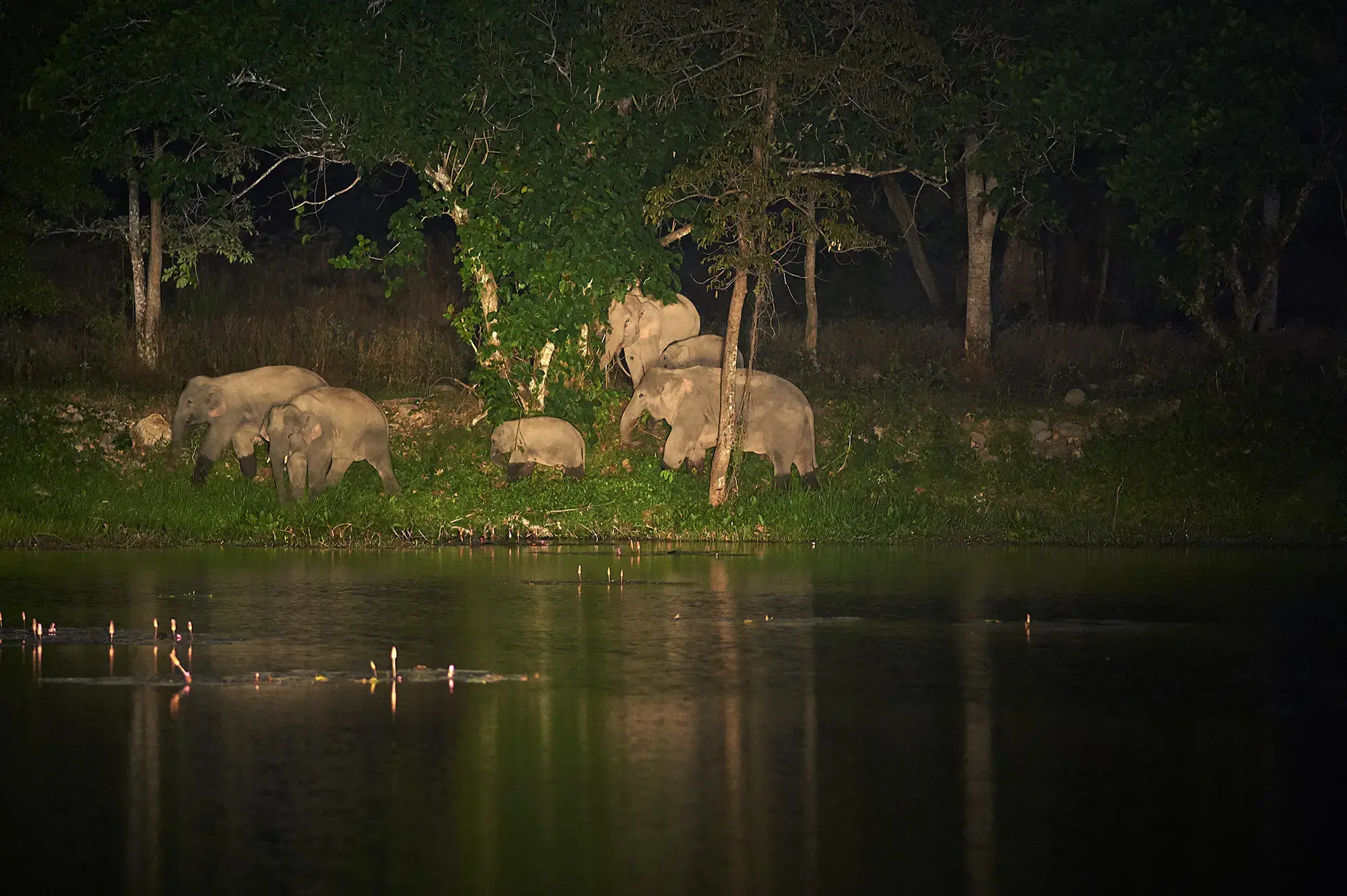
Mr. Paiboon’s heart just grew heavy when hearing about the dam construction project nearby. It’s the 91-million-cubic-metre Khlong Maduea dam that has been brought back to life recently along with six other dam projects in this World Heritage Site, prompting them to become the largest series of dam projects designated in the country’s protected forests and the forest patches with the World Heritage status so far.
“We are heavily concerned about this dam. If it is built, wild elephants could lose the vast plains and the forest edges around the valley where they can feed on. They will then come down straight to our village and orchards or even further to the downtown. Our conflict with them will have gone from bad to worse,” said Mr. Paiboon.
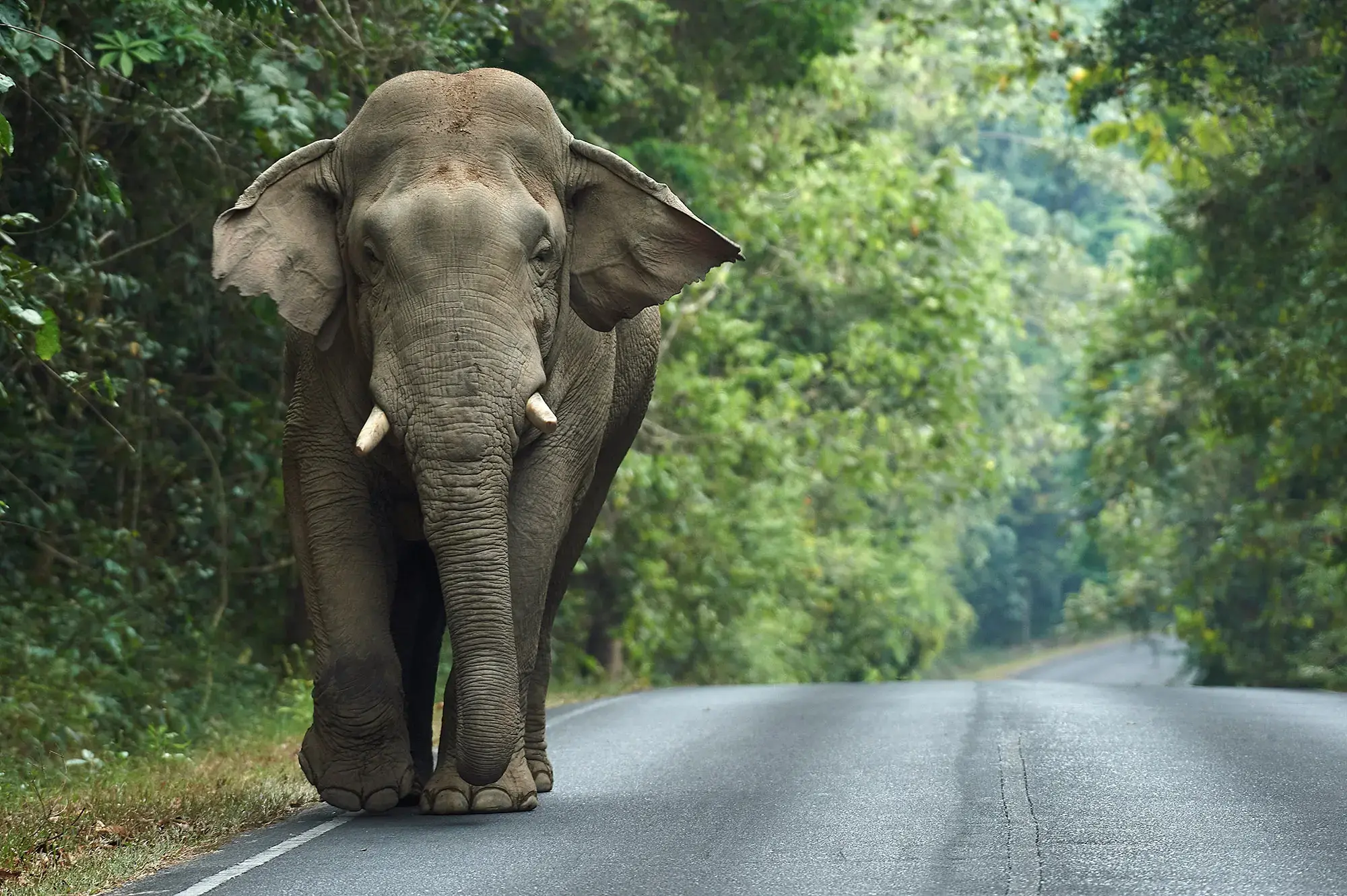
The seven dam projects and the World Heritage status
The seven dam projects, some of them with a storage capacity of over 100 million cubic meters, the size that is considered in the country as a major dam that could potentially cause adverse impacts, have long been planned by the Royal Irrigation Department (RID) — over 20 years at least.
Home to more than 800 fauna species, including 112 species of mammals, 392 species of birds and 200 reptiles and amphibians, the site is internationally important for the conservation of globally threatened and endangered mammal, bird and reptile species that are recognised as being of outstanding universal value. This includes one critically endangered (Siamese Crocodile), four endangered (Asian Elephant, Tiger, Leopard Cat, Banteng) and 19 vulnerable species, according to the World Heritage Center.
The property contains the last substantial area of globally important tropical forest ecosystems of the Thailandian Monsoon Forest biogeographic province in northeast Thailand, which in turn can provide a viable area for long-term survival of endangered, globally important species, including tiger, elephant, leopard cat and banteng.
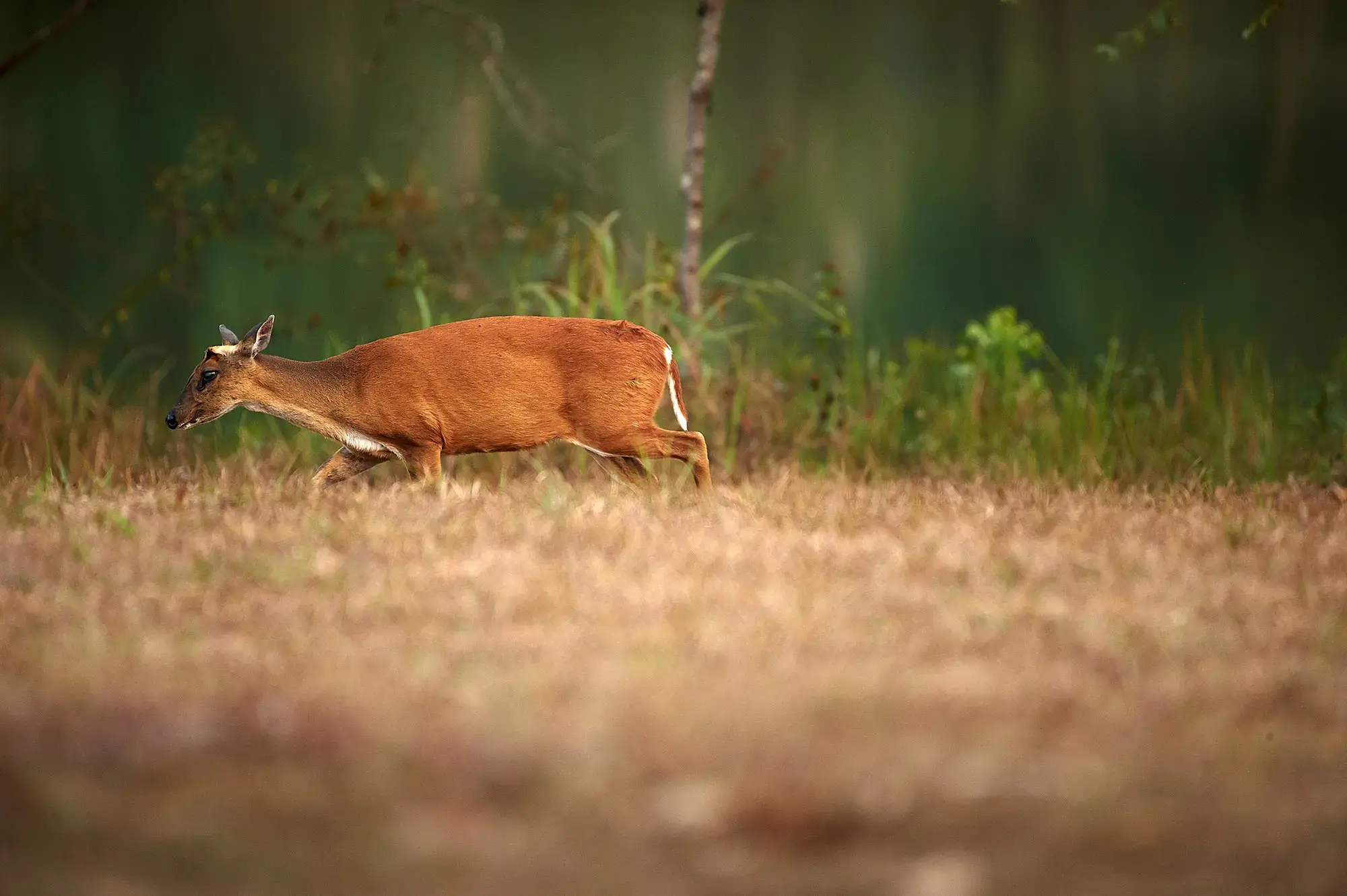
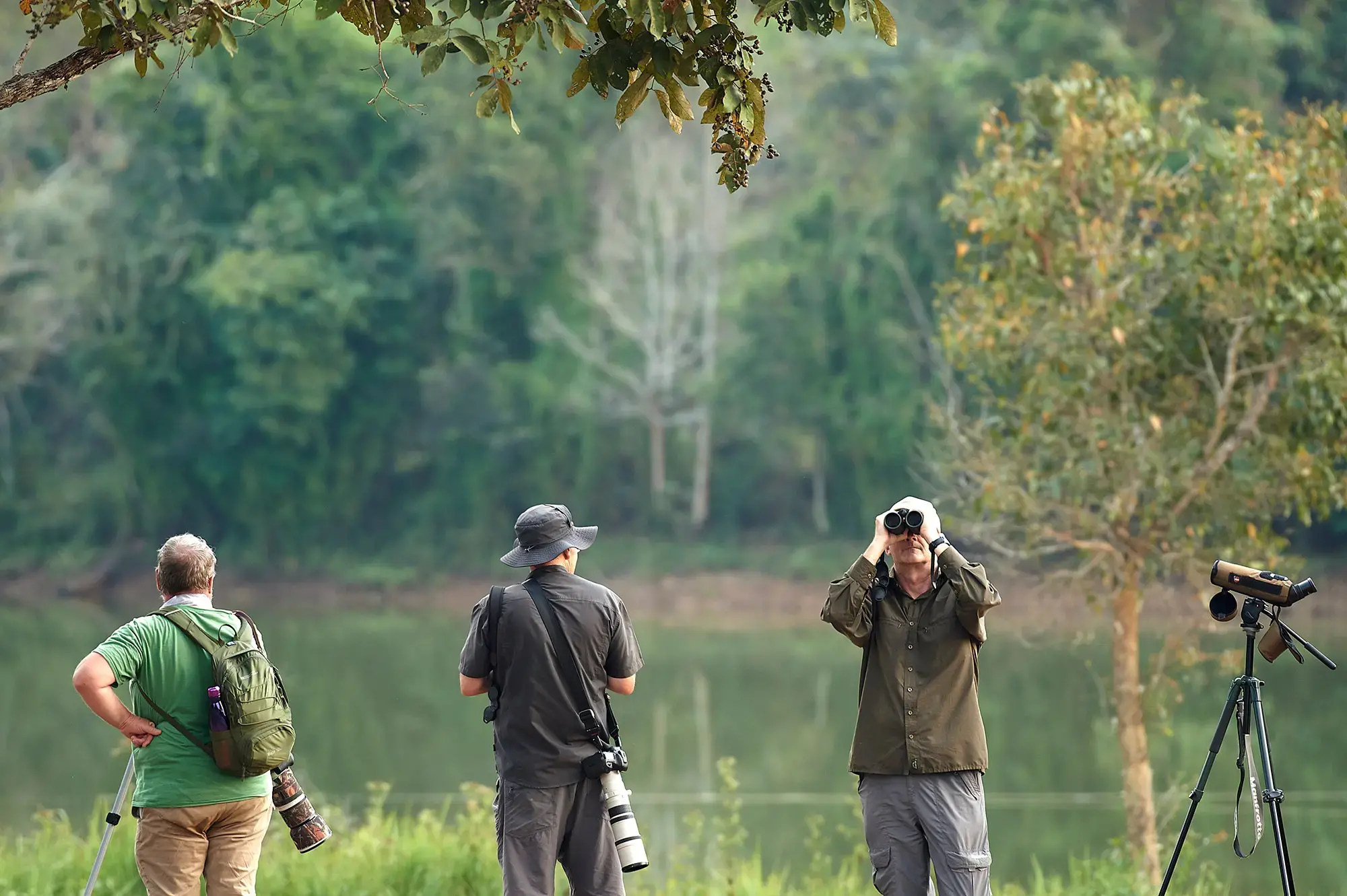
It was not until 2011 that the site was first questioned about the threat brought by the dam development proposals along with other threats, and since they have been under consideration by the WHC, which keeps requiring Thailand to follow its recommendations and submit progress reports to it, according to Sunee Saksue, director of the Department of National Parks, Wildlife and Plant Conservation's Foreign Affairs Division (DNP). In 2017 and 2021, the WHC straightforwardly addressed the dam projects, requesting Thailand to permanently cancel those within the site and suspend others around, pending the SEA to be conducted.
According to the decision, 44 COM 7B.97, issued in 2021, the WHC “welcomes the Cabinet resolution to halt the further expansion of Highway 348 and seek alternative options to review the necessity and suitability of constructing dams and reservoirs inside the property and to cancel the Lam Prayathan dam project in view of potential negative impacts on the OUV of the property.”
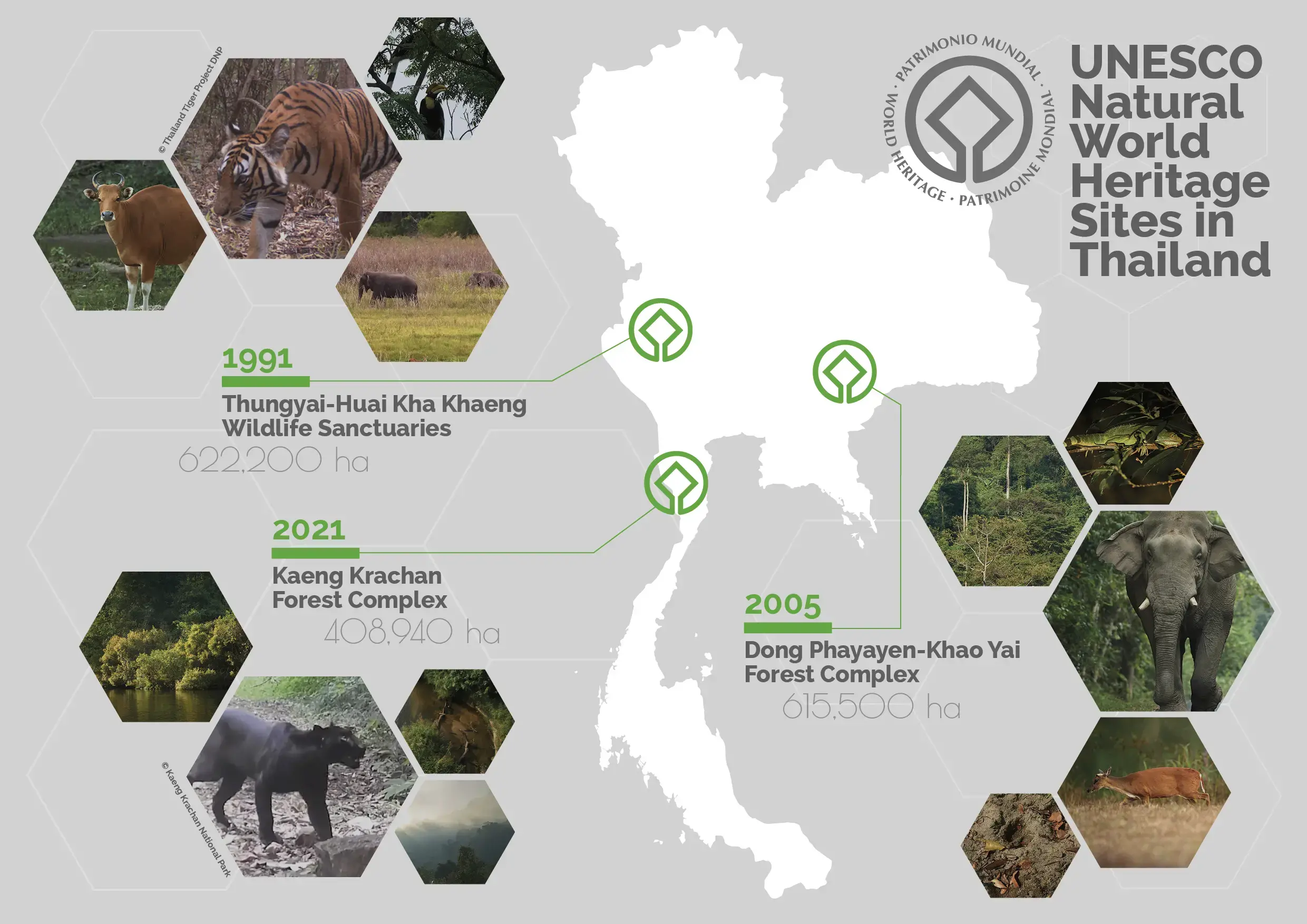
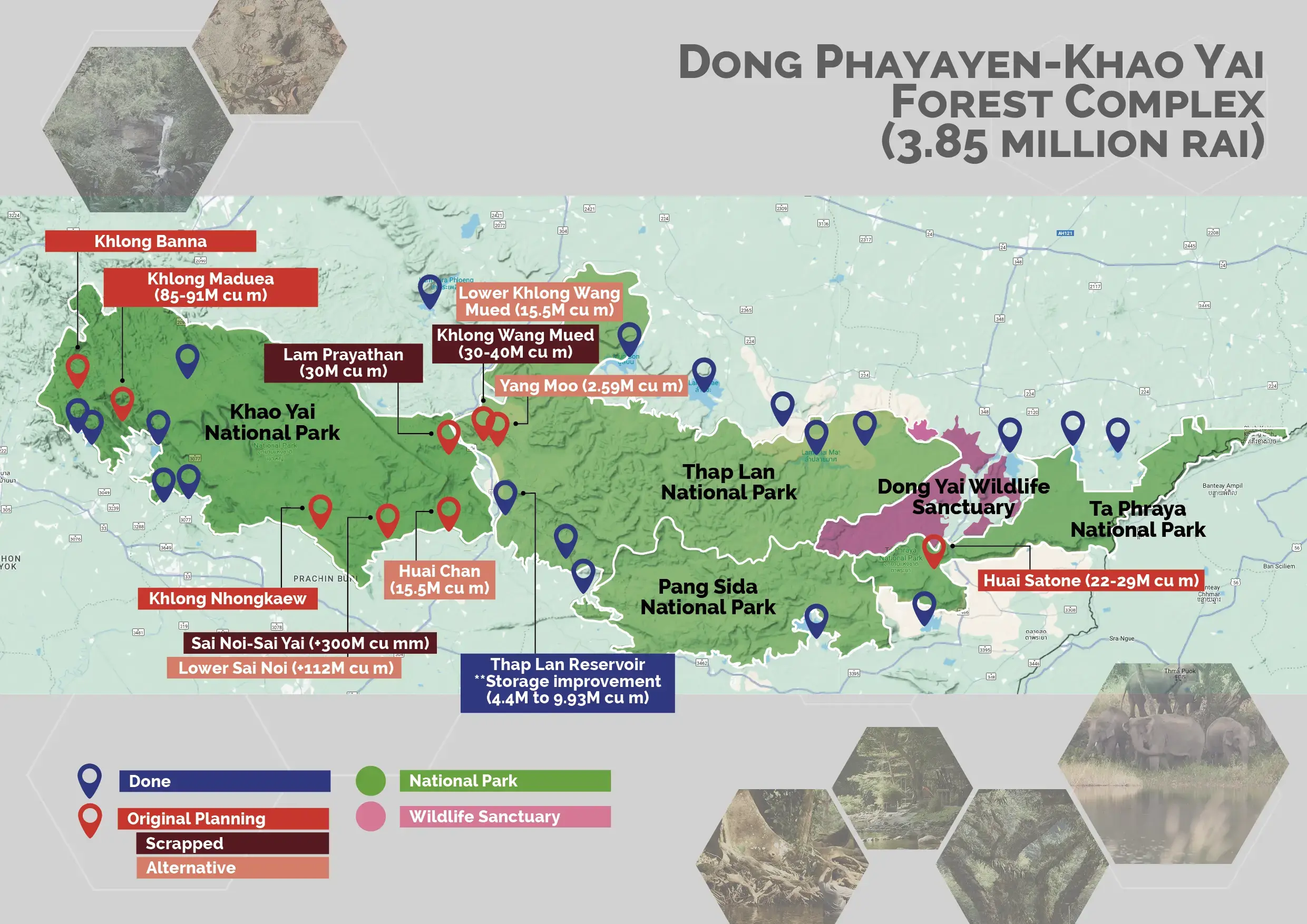
The WHC’s requests were later in the year brought to consideration by the National World Heritage Committee (NWHC), then chaired by Deputy PM Gen Prawit Wongsuwan. The committee resolved to accept the WHC’s requests, instructing the RID to put off all the dam projects pending for the SEA for fears that they would affect the site’s OUV (outstanding universal value) and plunge it into the list of “World Heritage in Danger”.
The WHC’s requests were just reiterated in the meeting in September last year. According to the decision, 45 COM 7B.19, the WHC, while recalling its previously stated position that dams with large reservoirs within the boundaries of properties are not compatible with the World Heritage status, requested the country to seek early technical inputs from IUCN on the SEA, cancel plans for any construction of dams with reservoirs inside the property’s boundaries, independent of the results of the SEA, and ensure the suspension of dam proposals around the property remains in place until the final SEA has been reviewed by IUCN to assess any impact on the OUV.
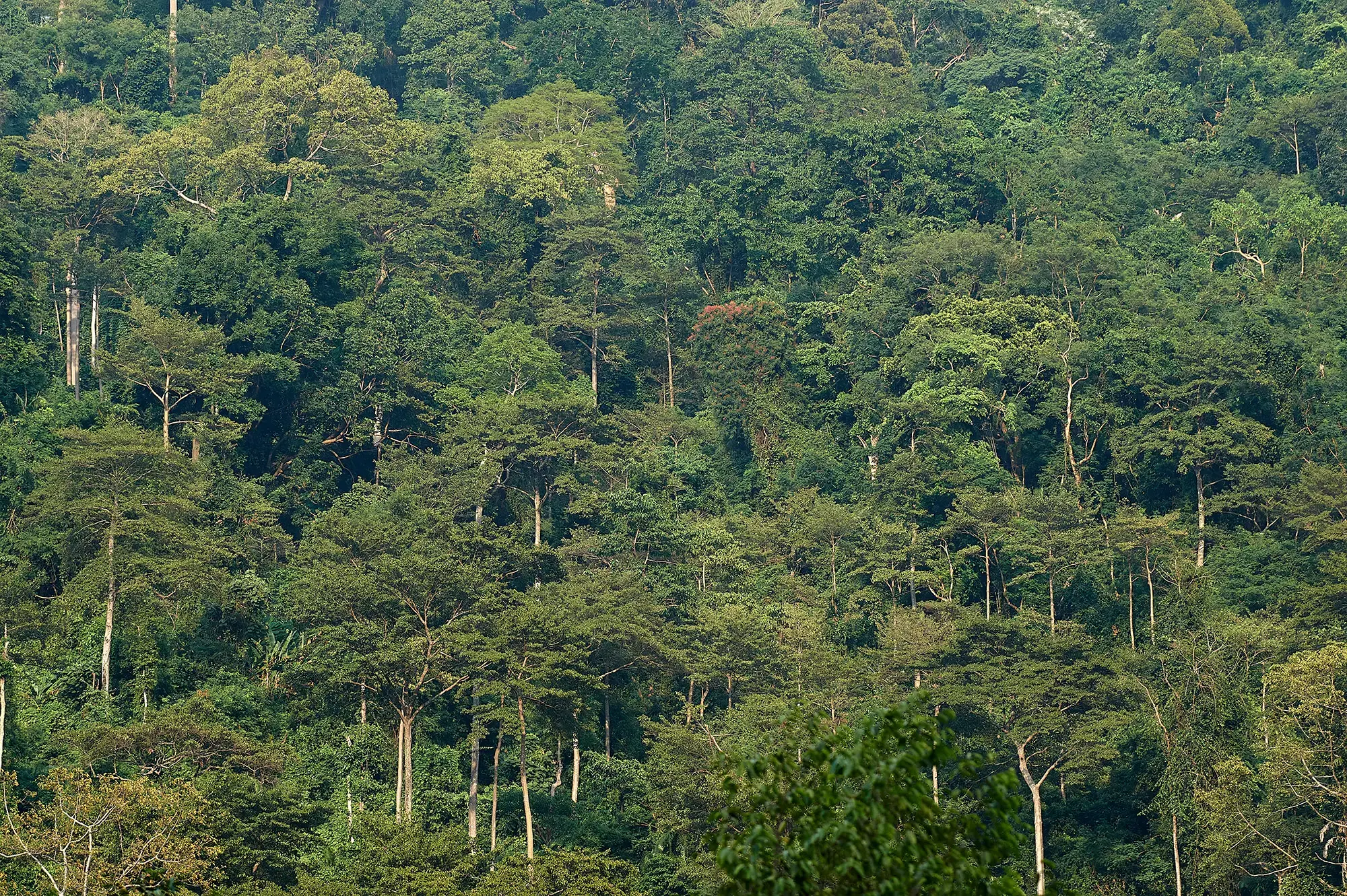
The progress
Having examined facts on the ground and related documents received by Bangkok Tribune, including the meeting minutes of the government-appointed project feasibility panel to supervise the projects’ planning and implementation chaired by the Office of Royal Development Projects Board (ORDPB), the news agency has learned that the RID and some concerned agencies have not cancelled nor suspended the projects as requested by the WHC and instructed by the NWHC at all.
For more than 20 years, the RID has planned these seven dam projects on prime watersheds within the site. Five of them, with a storage capacity ranging from 30 to 40 million cu m to more than 300 million cu m, were first designated in Khao Yai National Park before some of them got their project planning adjusted or replaced recently. These dam projects are Khlong Banna, Khlong Nhongkaew, Khlong Maduea, (Lam) Sai Noi-Sai Yai, and Lam Prayathan. The other two projects, Khlong Wang Mued and Huai Satone dams, meanwhile, are planned in Thap Lan and Ta Phraya National Parks, respectively. (Khlong, Lam, and Huai in Thai are creeks or streams.)
They are extensively claimed by the RID and other concerned agencies as “the royal development projects”. While the RID would get new water supplies to meet residents’ needs as claimed by it, the projects could submerge more than 20,000 rai of the forest areas of these protected forests, according to the related documents received by Bangkok Tribune. This is not yet to mention other forest reserves around and the ecosystems that would be affected by the projects as a result.
The panel made three separate visits and meetings at the sites, and upon those trips, it learned about the progress and the project planning adjustments from the RID and concerned agencies.
According to the RID, it completed the EIA report for Huai Satone in 2020 and forwarded it to the DNP’s EIA scrutinising committee for review. It has already sent in additional information and views in response to the committee’s review and recommendations for further consideration. The matter now is with the DNP and concerned agencies, the RID noted.
The RID also reported to the panel that in the meantime it had come up with a new proposal for the construction of four small dams outside the park. If built, Huai Satone could flood nearly 5,000 rai of the park’s sole vast plain, according to the DNP. The proposal was recommended by the Sra Kaew governor and other concerned officials in an attempt to seek a replacement for Huai Satone, according to a source close to the issue.
The panel was also informed that many residents around the area wanted water and supported the project, but it learned during the visit itself that there were both supporters and opposers of the project. The panel therefore instructed concerned agencies to conduct a new thorough survey on potential losses and benefits of the residents again.
At Sai Noi-Sai Yai and the adjacent Lam Prayathan, the panel learned that the RID had proposed the 112-million-cu m Lower Sai Noi dam as an alternative to the duo dams of Sai Noi and Sai Yai (the storage capacity of over 300 million cu m combined) to reduce adverse impacts on the forest ecosystems. If built, Sai Noi-Sai Yai could potentially submerge over 8,500 rai of Khao Yai, the panel was told.
For the Lam Prayathan, which could submerge over 4,000 rai of Khao Yai, the RID had proposed an alternative to the dam with a series of three dams; two across the Lam Prayathan stream—the new 15-million-cu m Huai Chan in Khao Yai, the 15.5-million-cu m Lower Khlong Wang Mued in Thap Lan, and the 2.59-million-cu m Yang Moo further away.
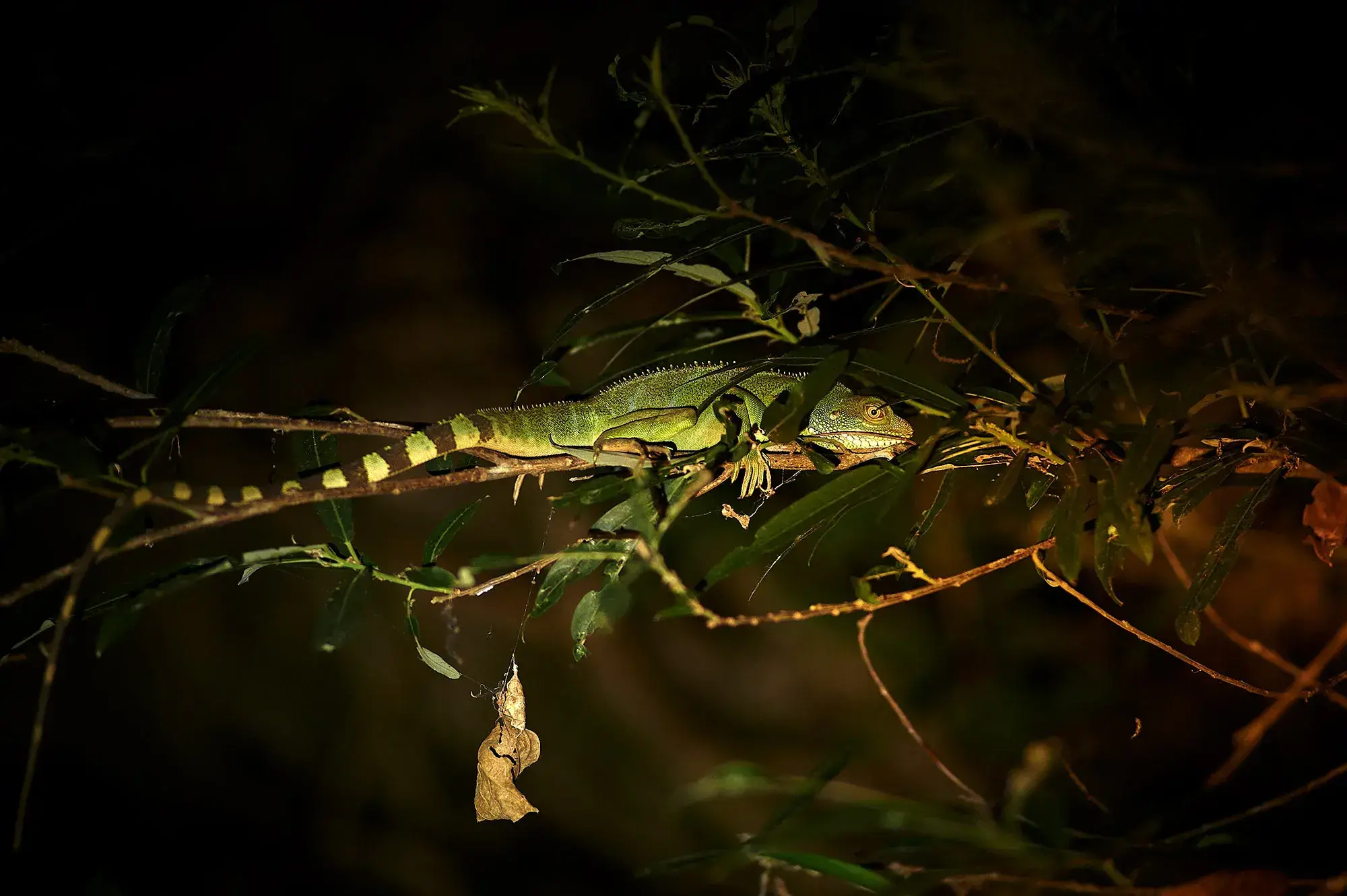
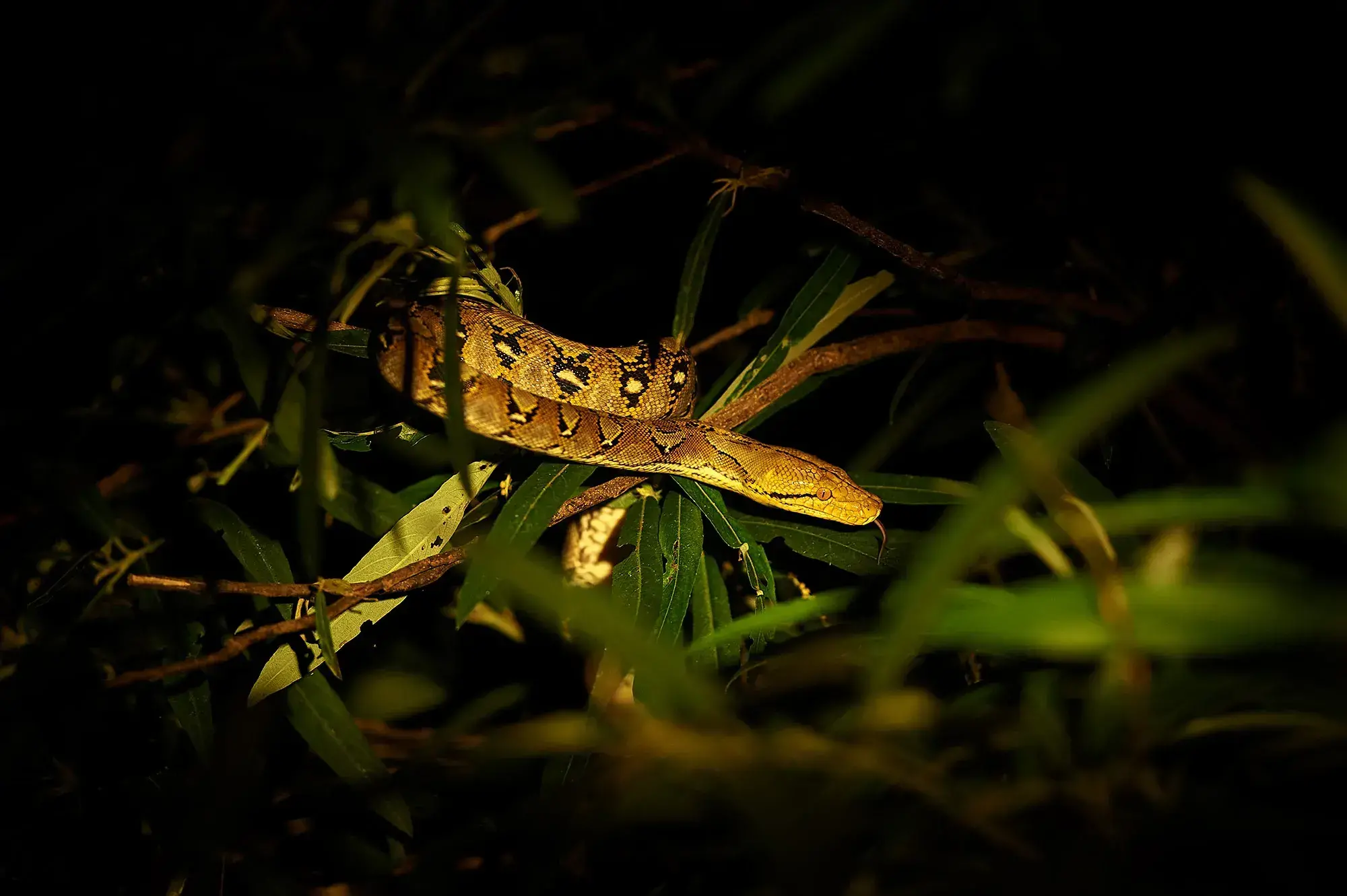
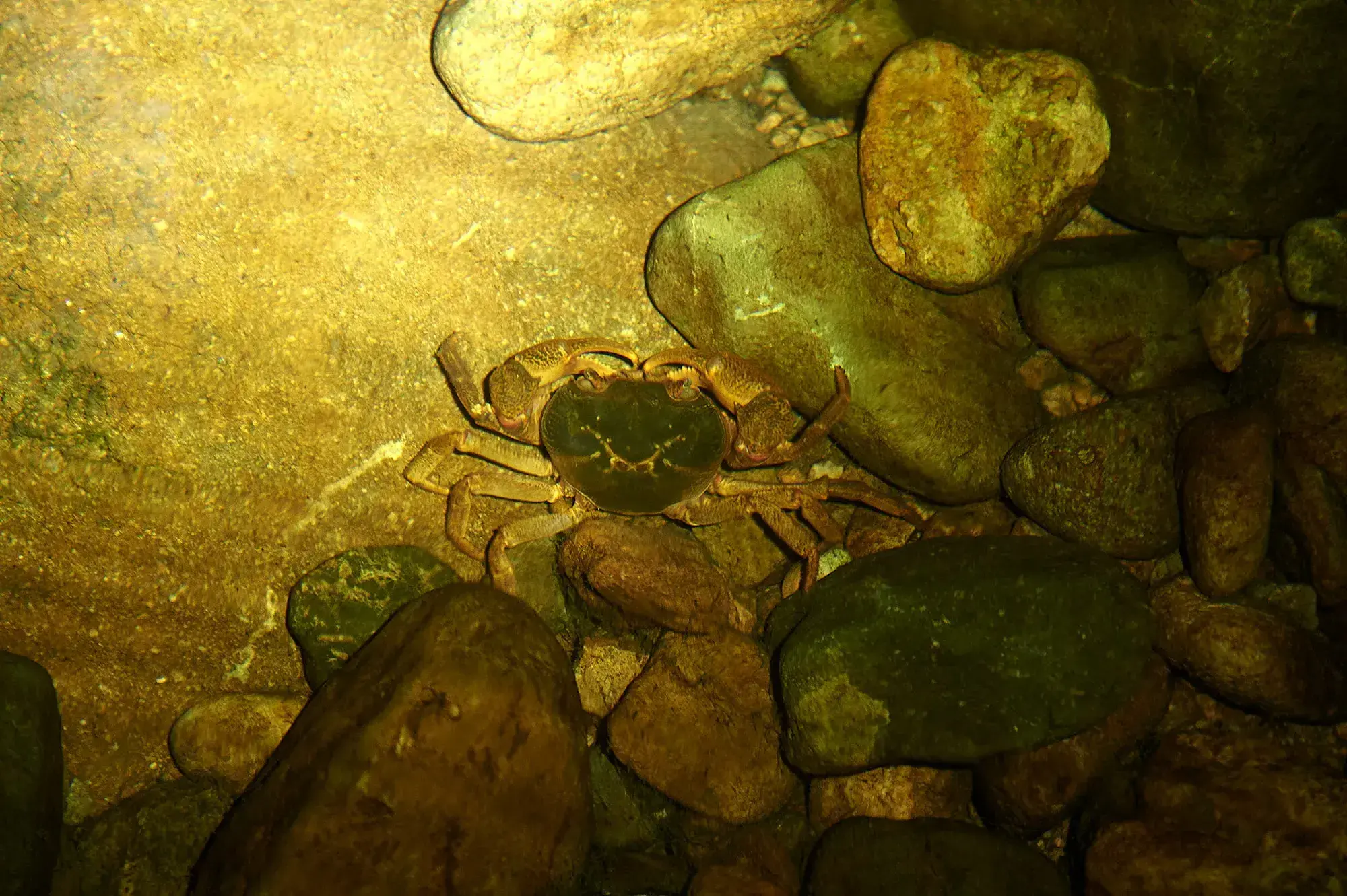
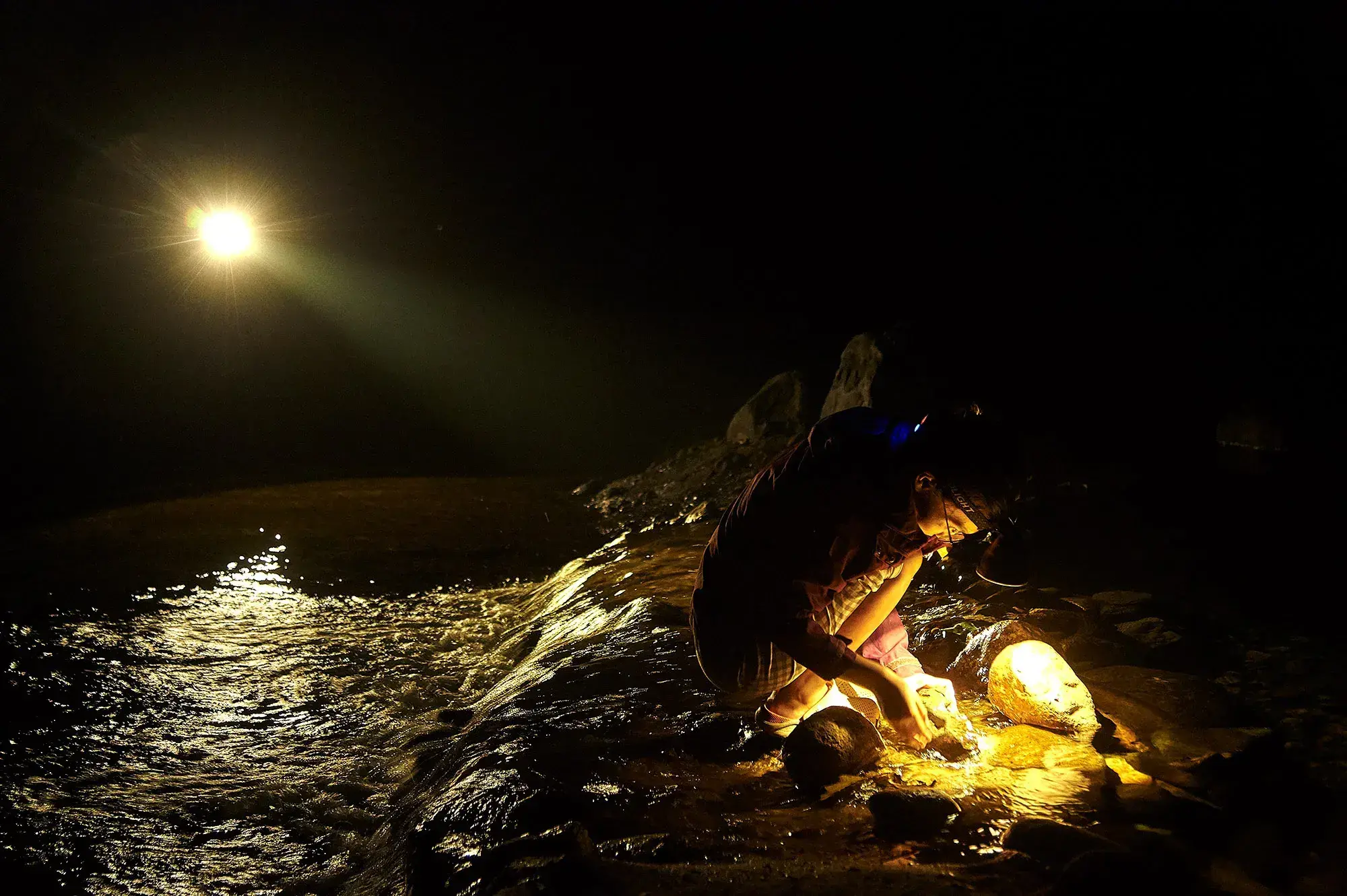
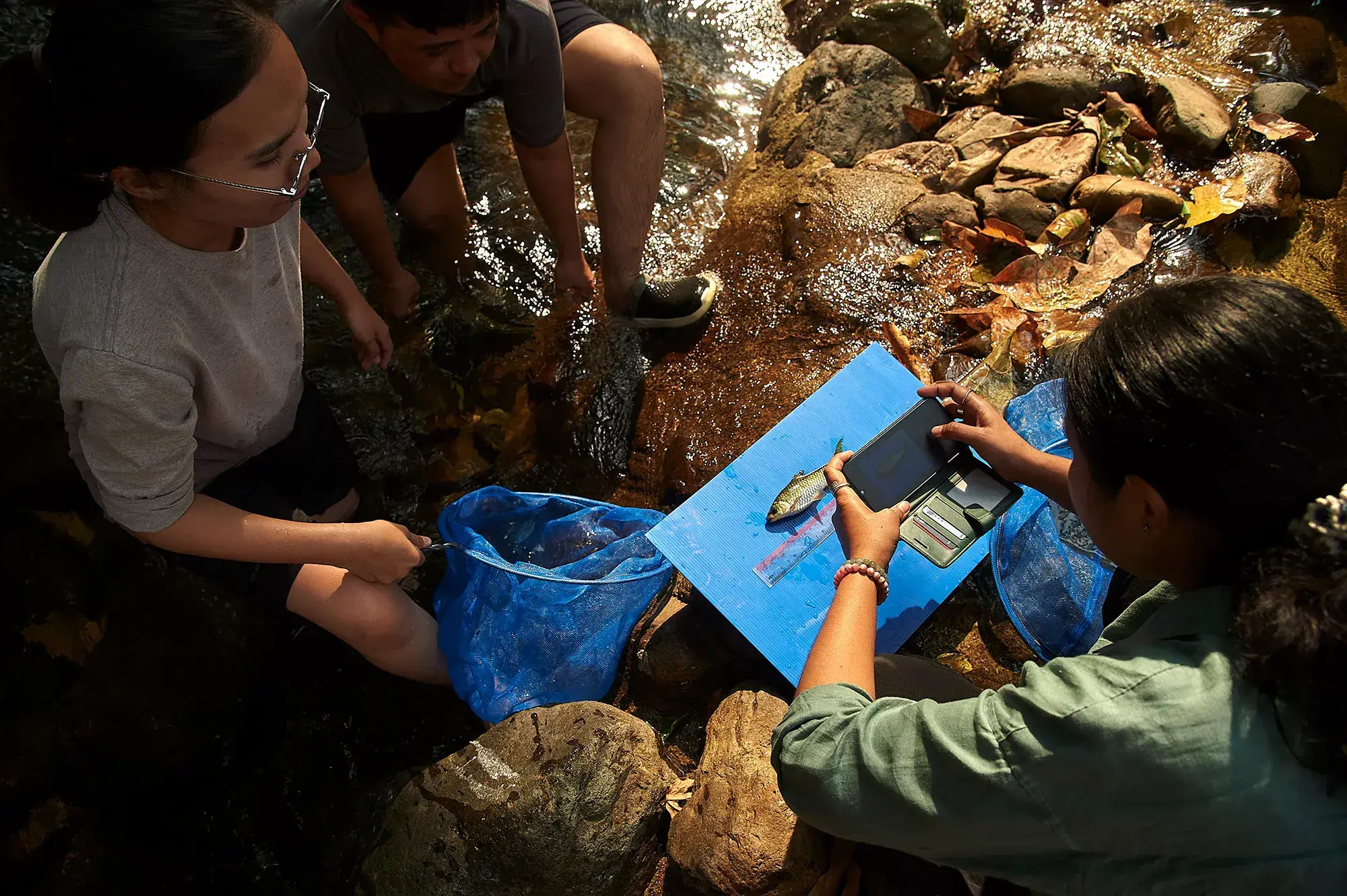
Project wrap-up
After its trips and on-site meetings, the project feasibility panel held the wrap-up meeting to conclude the results and made recommendations to the RID and concerned agencies.
For Sai Noi-Sai Yai, the panel resolved to endorse the RID to conduct an Environmental Health Impact Assessment (EHIA), required by law for a project with a storage capacity beyond 100 million cu m, and a feasibility study for the alternative Lower Sai Noi dam. It instructed the DNP to expedite its permission to enter the site for the RID. For Lam Prayathan, the panel also resolved to endorse the RID to conduct an EIA and a feasibility study for the series of three dams: Huai Chan, Yang Moo, and Thap Lan—as earlier recommended.
As checked by Bangkok Tribune, some of these projects have been further adjusted and advanced by the RID. Only two dams of Khlong Banna and Khlong Nhongkaew are still in the RID’s paper.
Instead of following the panel’s resolutions and recommendations, the RID has brought the Lower Khlong Wang Mued back to the alternative proposal for Lam Prayathan. According to the RID’s letter dated December 27, 2023, received by Bangkok Tribune, the department got permission to enter Khao Yai and Thap Lan for the feasibility study and the EIA for the dam projects on Lam Prayathan just in late November last year.
Another letter sent to the DNP by the RID, dated July 7, 2023, also shows that the RID had asked for permission to enter the site at Sai Noi-Sai Yai and got approval on June 6 last year, the same day the panel’s wrap-up meeting was held, where it had instructed the DNP to expedite the process for the RID. The period of the studies was set from late July to mid-August last year.
Kuasak Thathong, a former director of the RID’s Engineering Division and now an advisor to the RID’s Director General, helping supervise the projects, confirmed with Bangkok Tribune that the RID has adjusted some projects at Lam Prayathan and Sai Noi-Sai Yai, and is conducting the feasibility studies and the EIAs for those projects at the same time to save time. Mr. Kuasak said the RID decided to drop Lam Prayathan, Khlong Wang Mued, and Sai Yai dams following concerns over their adverse impacts on the forest areas and wildlife in the designated areas.
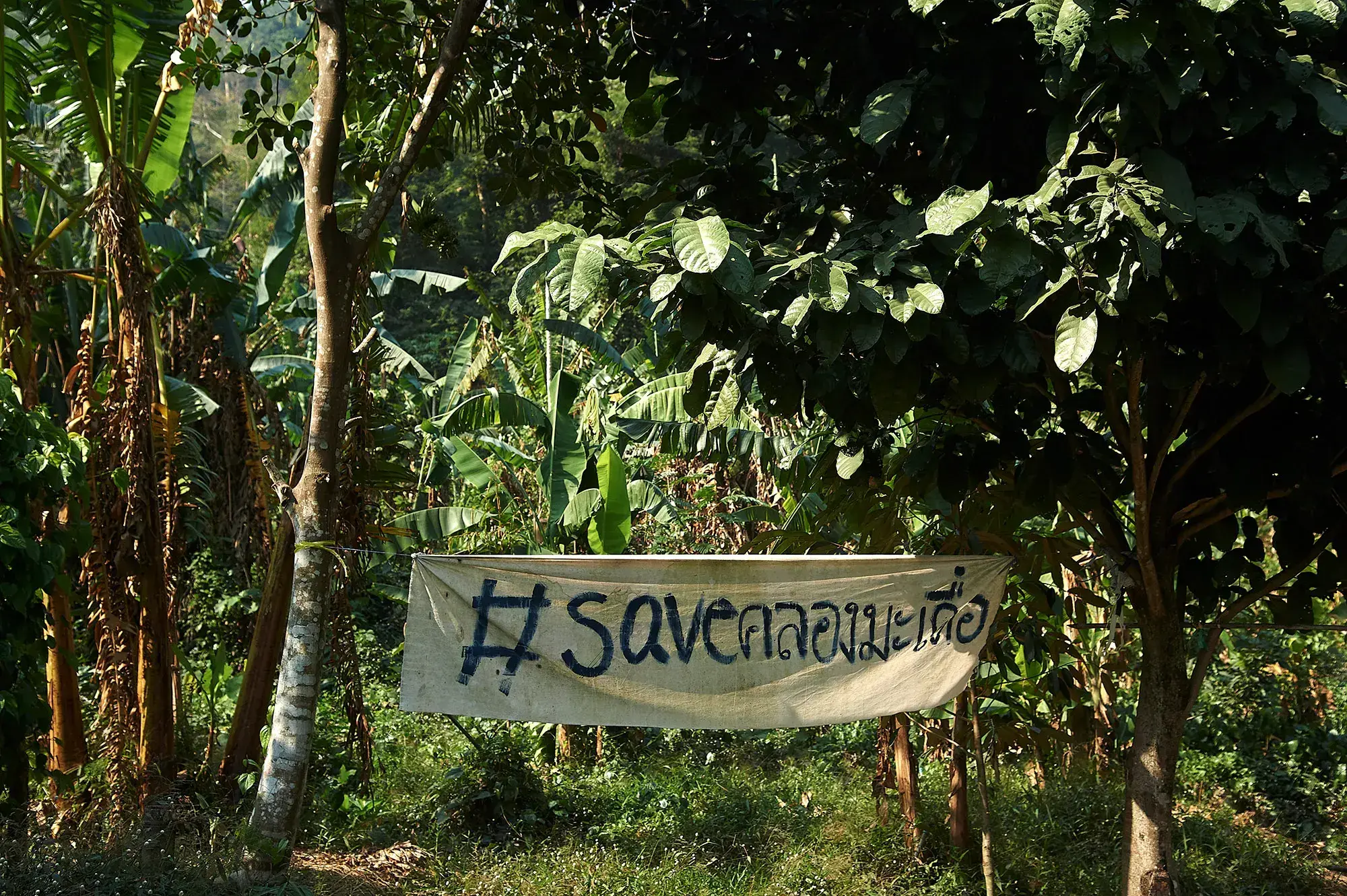
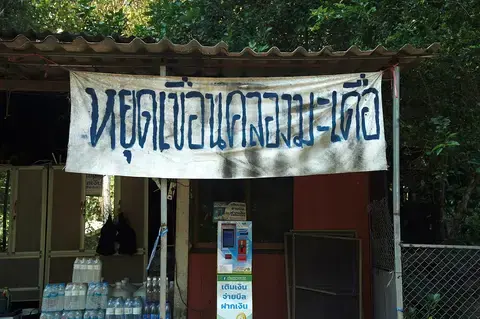
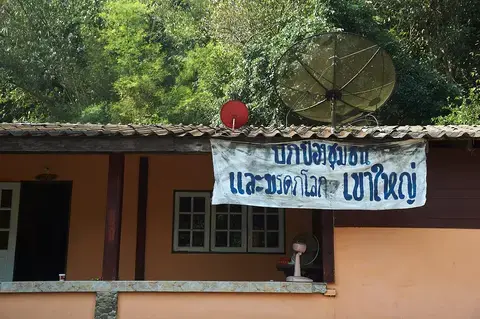
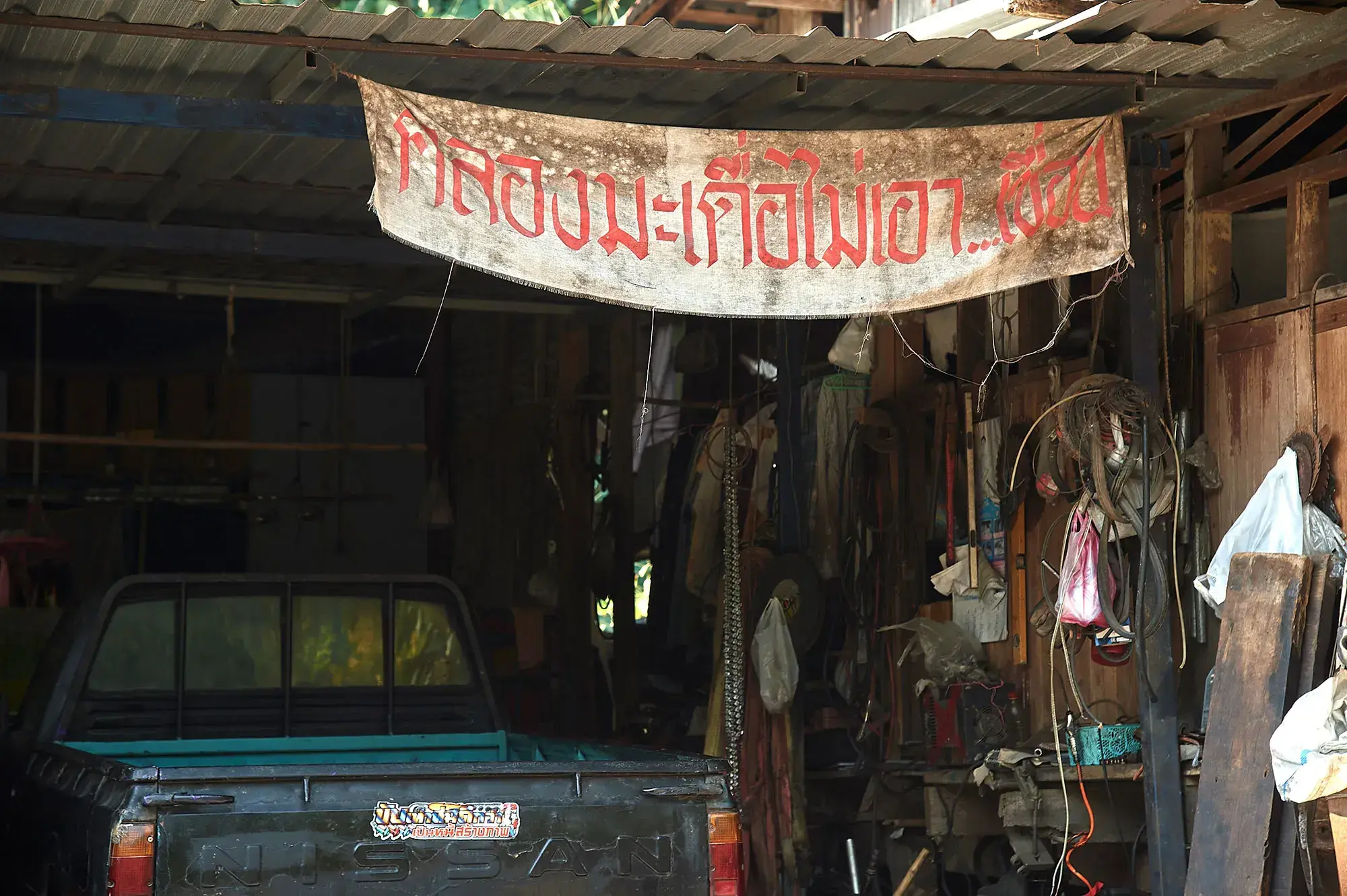
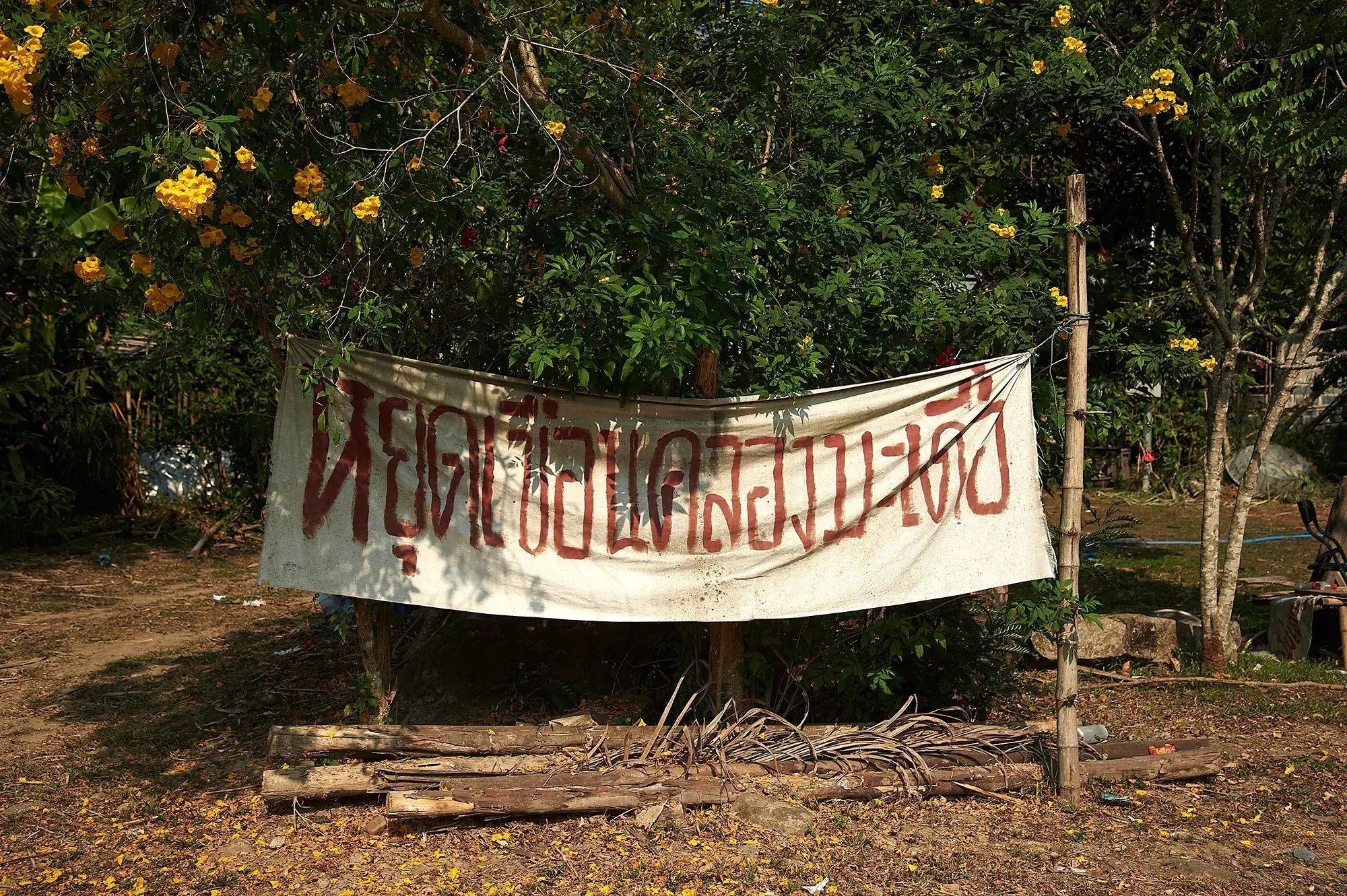


Benefits and losses
According to Mr. Kuasak, the projects have been planned to supply water for household consumption and irrigation for residents living in the provinces around the World Heritage Site, including Nakhon Nayok, Prachinburi, and Sra Kaew. In addition, the water from the dam projects is set to help push out saltwater intruding inland through major rivers, including the Bang Pakong River on the East.
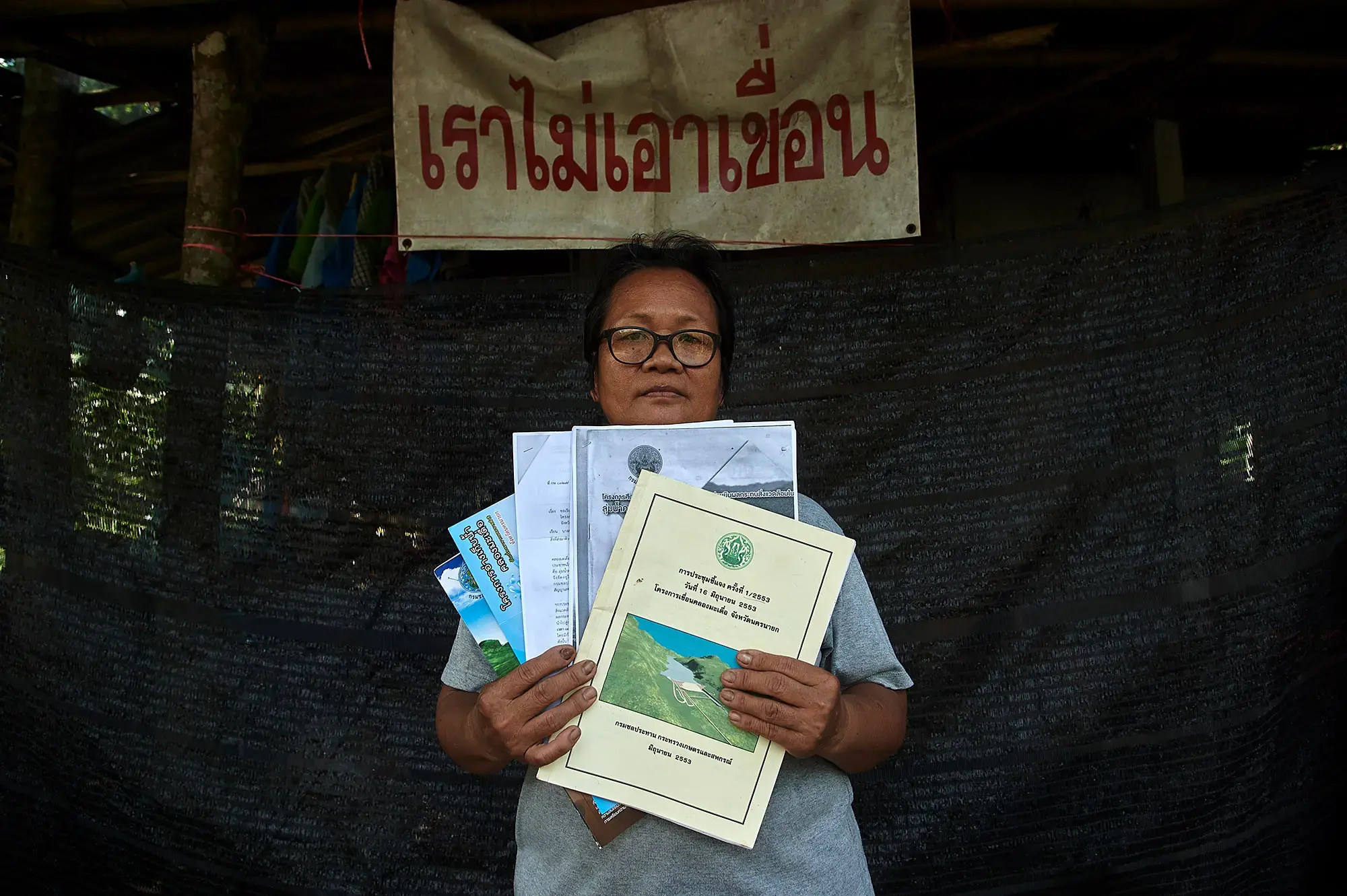
For Sophanat Gingpha, a long-time resident whose community is located at the designated dam site, the dam could rather cause adverse impacts to the residents there as its reservoir would flood their community entirely.
Living next to the forests, where boundaries overlap, several residents there still have land rights issues with the state and lack security on their land. However, the residents have been developing their land and properties until they become one of the tourist hotspots and popular orchards of Nakhon Nayok province.
Mr. Sophanat said it would be difficult to convince the residents to leave their properties and land to make way for the dam as the compensation for them is pretty much unclear following the unclear status of their land. What is more important to the residents is a good opportunity in life and the quality of life they are having at present, Mr. Sophanat said.
Mr. Sophanat also shares a similar concern with Mr. Paiboon when witnessing more and more wild animals, elephants in particular, come out of the forests to his orchards and the neighbours’. It’s the same concern of forest officials, who are increasingly worried that the dams planned in the areas could disrupt the forest ecosystems and aggravate the situation, which is occurring in several locations now. Thap Lan and Ta Phraya in recent years have also started to see their elephants roaming out in a large herd, over 70.
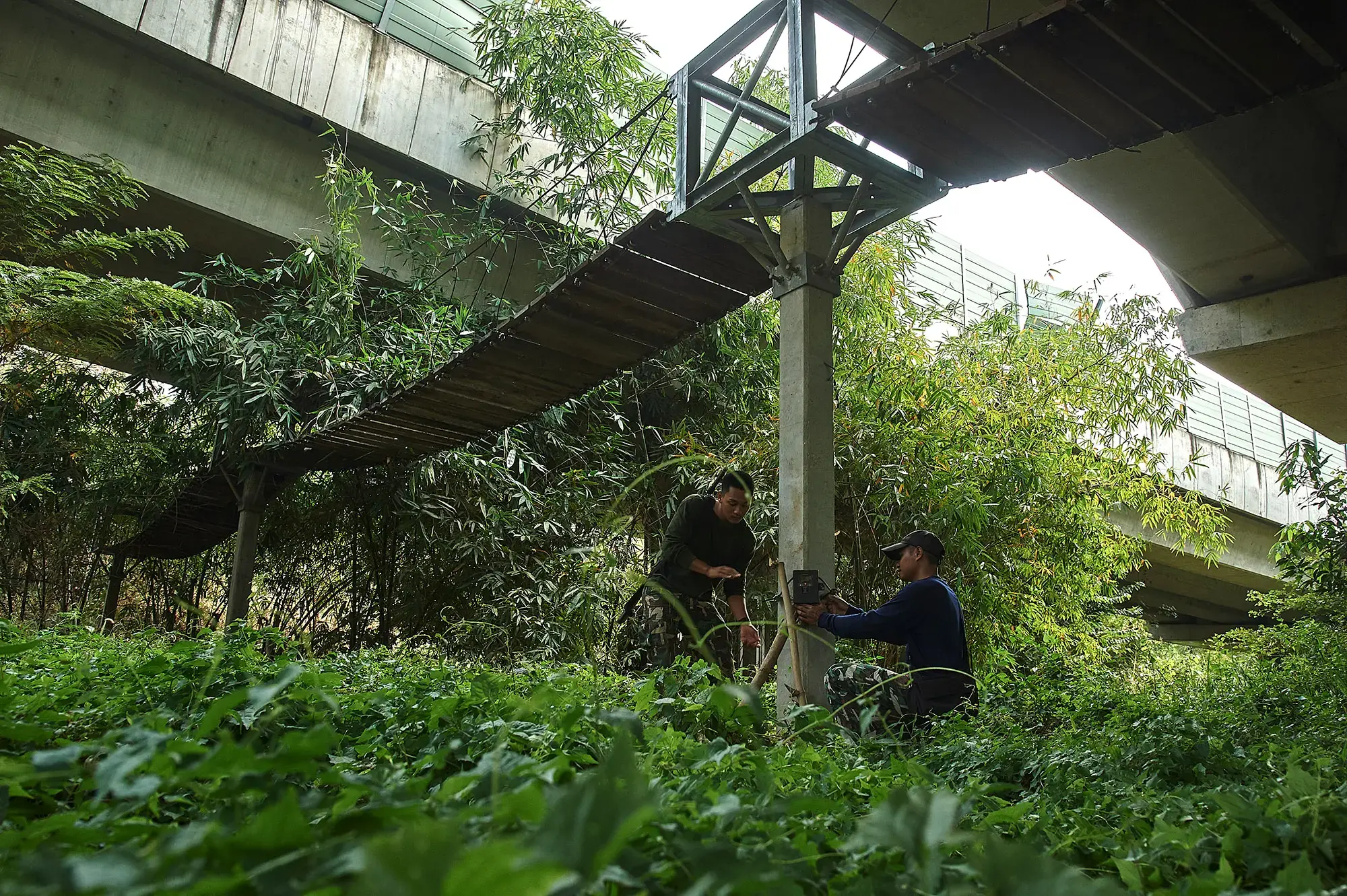
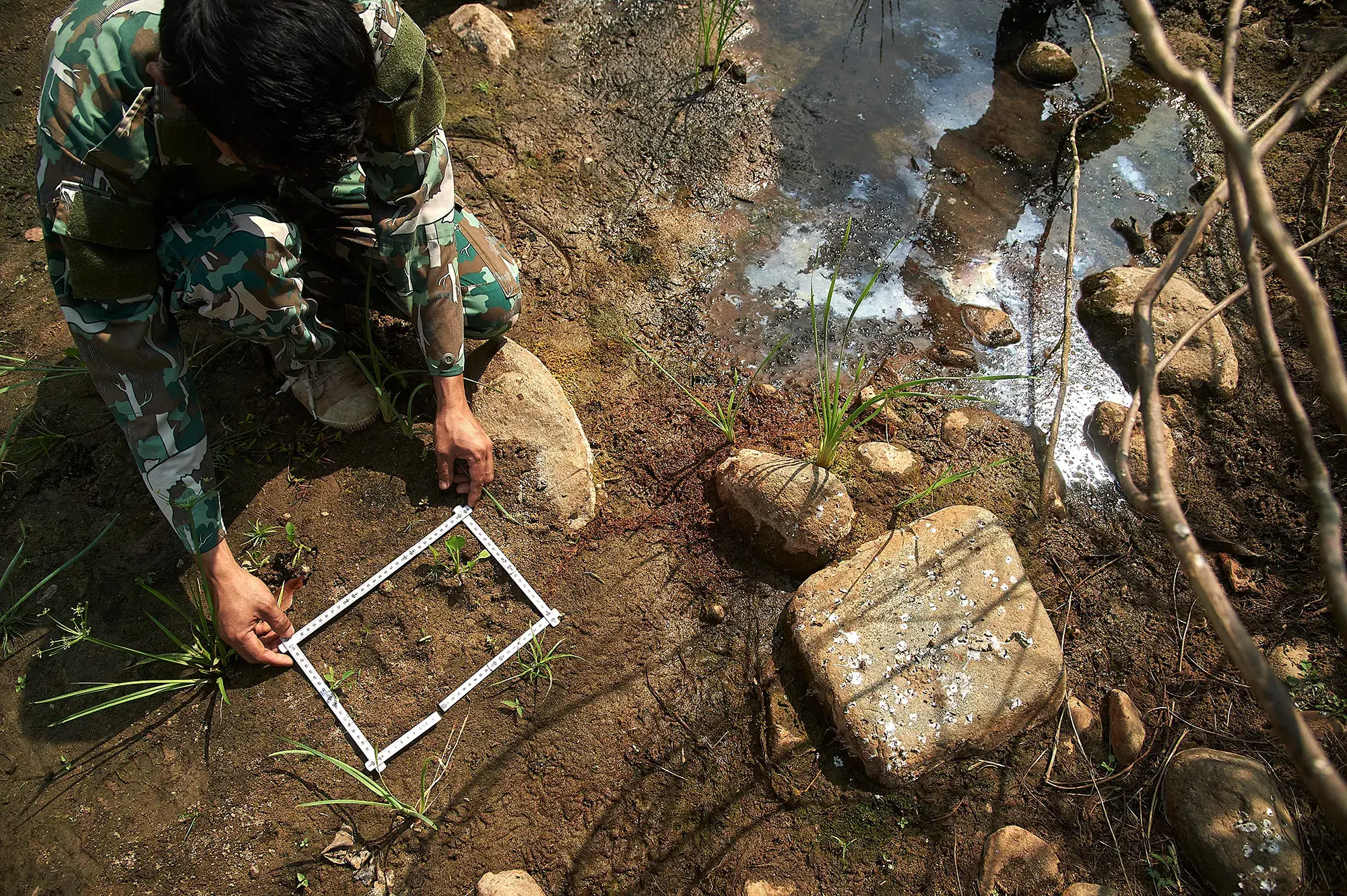
From a conservation perspective, the officials are particularly concerned that the dams could disrupt the distribution and the reintroduction of wild animals within the entire forest complex, of which several parts become patchy and disconnected.
This concern is particularly critical at Ta Phraya and Thap Lan, where they see key animals like tigers and their prey return to the areas and reintroduce their populations. Thap Lan, in particular, has over 20 tigers on record and recent photographs show that some of them roamed near the wildlife corridor connecting the park and Khao Yai, where tigers have long been absent for many years now.
Wutthichai Ketanont, Ta Phraya’s chief, gave an example of the potential loss of a rare butterfly, Aberrant Silverline (Cigaritis vixinga davidsoni), which can be found only in Ta Phraya. It feeds on Khamin Ton ( Mahonia duclouxiana Gagnep.), and it needs ants to help feed its larvae. Its existence suggests a very specific ecosystem and ecological services that it depends on, he said. Tigers, on the other hand, need the vast plains as their hunting and feeding grounds to survive.
“The EIA must answer where else these animals can inhabit, where else these butterflies can inhabit. If not, and they have nowhere else to continue their living, it’s us who will be in trouble as they will come out of the forests to us.
“I have these kinds of facts to share, but the challenge is: how can we make them (policymakers and water users) understand that these are more important than immediate solutions? It’s not just about seeking water, but about how best to manage water and our needs, from consumption to farming, and so on. There is never an only choice; building dams in the forests if you want water."
The SEA has not yet been conducted, however, pending the budget to support the work. The ORDPB at first offered to provide the budget but it would cover only one year. The DNP, which is principally tasked to conduct the SEA for two years at least, was suggested at the wrap-up meeting to ask for the budget under the Thai Water Plan from the Office of National Water Resources, meaning it has to start the proposal all over again.
Conservationists, Seub Nakhasathien Foundation included, meanwhile, have pleaded for a major review of all the dam projects in this World Heritage Site and other protected forests in the country, citing alternative water management is available without posing harm to the country’s forests and long-term forest policies.
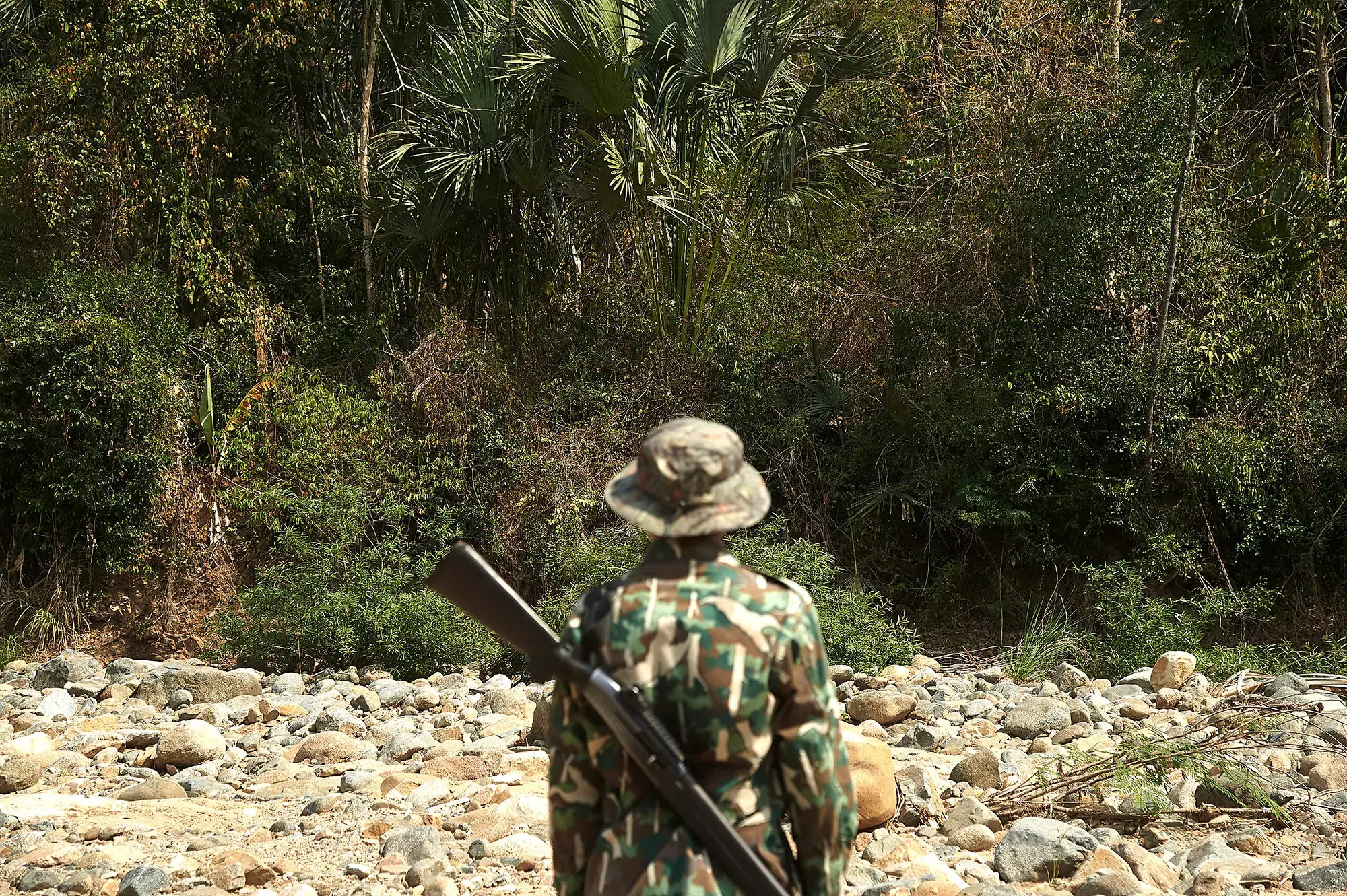
- View this story on Bangkok Tribune
- View this story on Decode Plus






